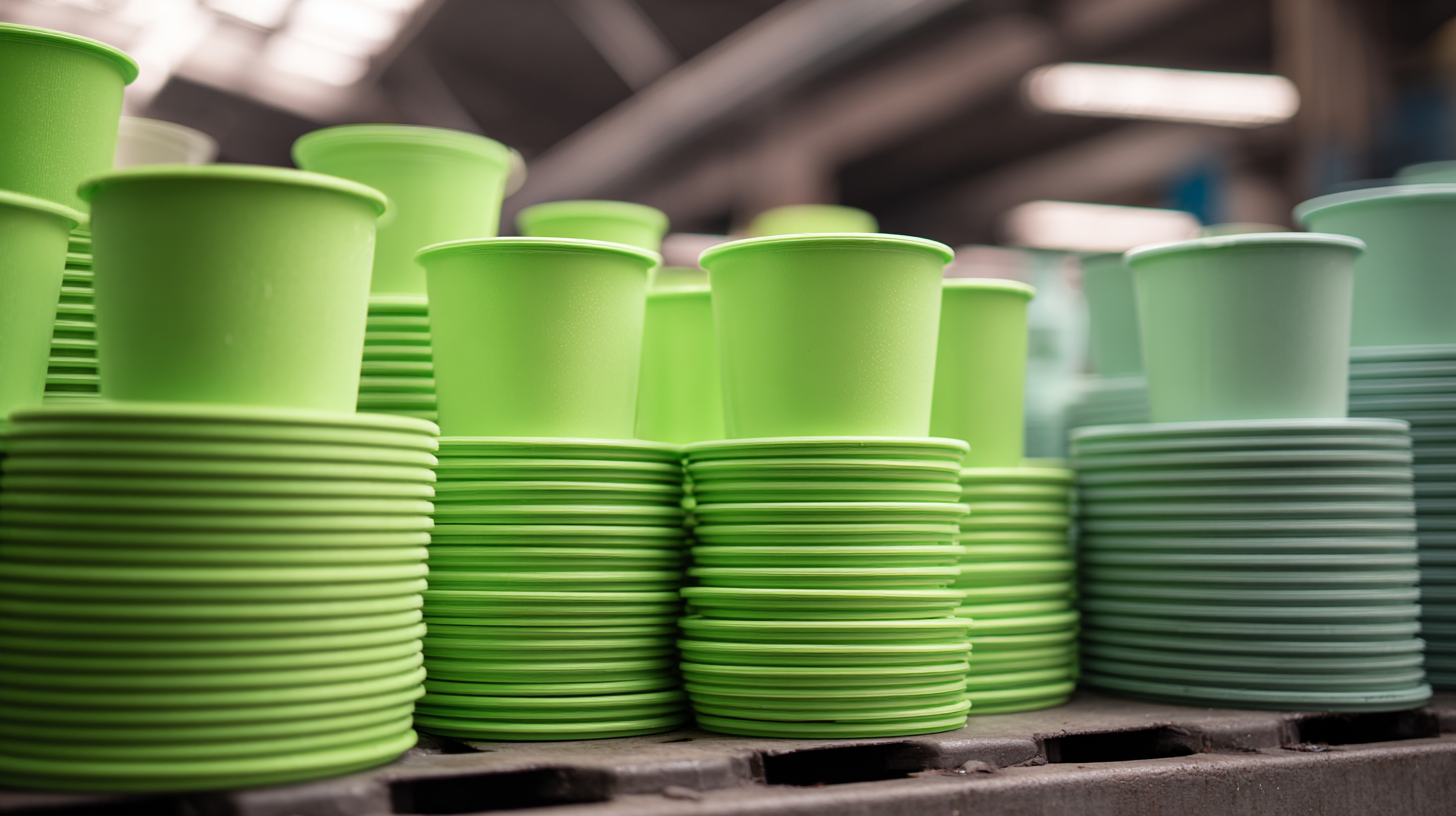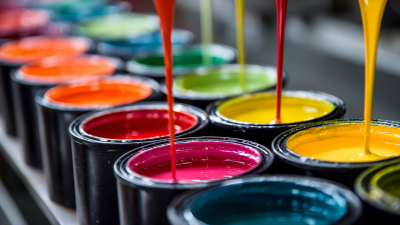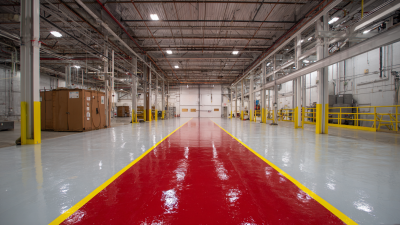Plastic dip coating has emerged as a widely adopted process in various industries due to its versatility and protective qualities. According to a report by MarketsandMarkets, the global plastic coatings market is projected to reach $XX billion by 2025, driven by an increased demand for durable finishes and surface protection. This process involves the application of a liquid plastic that hardens into a resilient coating, making it ideal for both metal and non-metal substrates.

The advantages of plastic dip coating include corrosion resistance, enhanced grip, and aesthetic customization. As industries seek sustainable and cost-effective solutions, understanding the intricacies of plastic dip coating—from preparation and application to curing and finishing—becomes crucial for manufacturers aiming to improve their product performance and longevity.
This article delves into the step-by-step process behind the effectiveness of plastic dip coating, exploring how it can transform everyday materials into high-performance assets.
 Plastic dip coating is a versatile technique used to apply a protective and decorative layer on various substrates. This process typically involves immersing an item in a liquid plastic solution, which forms a thick, flexible coating upon drying.
One of the most common methods is the dipping technique, where the object is submerged into the liquid plastic and then withdrawn, allowing the excess to drain off. This results in a uniform coating that conforms to the object's shape and provides excellent adhesion.
Plastic dip coating is a versatile technique used to apply a protective and decorative layer on various substrates. This process typically involves immersing an item in a liquid plastic solution, which forms a thick, flexible coating upon drying.
One of the most common methods is the dipping technique, where the object is submerged into the liquid plastic and then withdrawn, allowing the excess to drain off. This results in a uniform coating that conforms to the object's shape and provides excellent adhesion.
Another technique is the spraying method, where the liquid plastic is atomized and sprayed onto the surface. This is particularly useful for complex shapes or larger areas, as it allows for greater control over the thickness of the coating. Additionally, the electrostatic spraying method can enhance the efficiency of the coating process. In this method, charged particles of plastic adhere more effectively to the grounded substrate, ensuring a more even application while reducing waste. Each of these techniques has its unique advantages, making plastic dip coating a sought-after solution for a variety of industrial and consumer applications.
The plastic dip coating process relies on a variety of materials that play a crucial role in achieving a durable and aesthetically pleasing finish. At the core of this process is polyvinyl chloride (PVC), which accounts for approximately 70% of the total volume of dip coating materials used across industries. According to a report by Smithers Pira, the global demand for PVC in coatings is expected to reach over 2.4 million tons by 2026, illustrating the growing reliance on this versatile polymer.
In addition to PVC, additives such as plasticizers, heat stabilizers, and pigments are essential to enhance the performance characteristics of the coatings. Plasticizers improve flexibility and durability, while stabilizers prevent degradation during production and application. Pigments are incorporated to achieve the desired coloration and UV resistance. A recent study published in the Journal of Coatings Technology highlighted that the incorporation of certain additives can extend the lifespan of plastic dip coatings by up to 30%, making this an increasingly popular choice for various applications, from automotive components to consumer products.
Plastic dip coating is a versatile process that involves applying a liquid plastic layer over various surfaces. The step-by-step application is crucial for achieving a uniform and durable finish. First, prepare the work surface by cleaning and degreasing it thoroughly to ensure proper adhesion of the coating. Next, mask off any areas that you do not want to coat, using tape or plastic sheeting. This protects adjacent surfaces from overspray and helps to create crisp lines.
Once the prep work is completed, it’s time to apply the dip coating. Use a dipping method, where the surface is submerged into a liquid plastic bath, or opt for spraying techniques for larger areas. Keep an even distance while spraying to avoid drips and uneven areas. Allow the first coat to dry before applying additional layers to achieve your desired thickness.
**Tips:** Always apply in a well-ventilated area to prevent inhaling fumes. Wear protective gear such as gloves and masks for safety. If you're new to this technique, practicing on scrap material can help you refine your application method before starting on the final project.
Plastic dip coating has become increasingly popular in various industries for its versatility and protective qualities. One of the significant advantages of this coating process is its ability to provide a durable and flexible finish that can resist impact, abrasion, and corrosion. According to a report by Grand View Research, the global market for dip coating was valued at approximately $1.18 billion in 2020 and is projected to grow at a CAGR of 5.3% over the next decade. This growth highlights the increasing demand for protective coatings in automotive, electronics, and consumer goods sectors.

However, despite its benefits, plastic dip coating has notable disadvantages. The process requires careful temperature control and can be time-consuming, which may lead to increased production costs. Furthermore, while the coating offers decent UV resistance, prolonged exposure to sunlight can cause it to degrade over time. A study from ResearchAndMarkets indicates that improper application can lead to issues such as peeling and chipping, thus compromising the integrity of the coating. Therefore, while plastic dip coating presents an effective solution for many applications, careful consideration is necessary to mitigate its downsides and ensure a lasting protective finish.
When applying plastic dip coating, safety measures are paramount to ensure the wellbeing of all involved. Proper personal protective equipment (PPE) is essential, including gloves, goggles, and respirators, to shield against any harmful vapors or chemicals used in the process. It’s crucial to perform the application in a well-ventilated area to minimize inhalation risks and prevent the accumulation of potentially hazardous fumes.
Best practices during application further enhance safety. Before starting, it's critical to conduct a thorough risk assessment of the workspace and to familiarize oneself with the Material Safety Data Sheets (MSDS) for the specific products in use. Additionally, proper training on the equipment and materials helps mitigate accidents, while regular maintenance of tools ensures their safe operation. Implementing these safety measures not only protects the health of workers and the surrounding community but also aligns with broader industry standards and practices designed to promote overall safety and security in the workplace.






